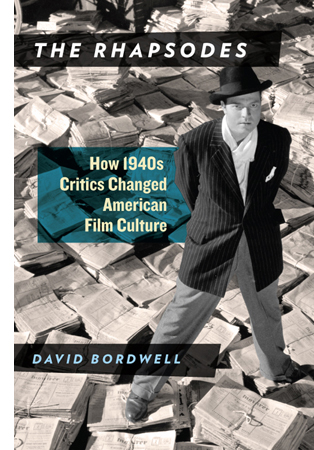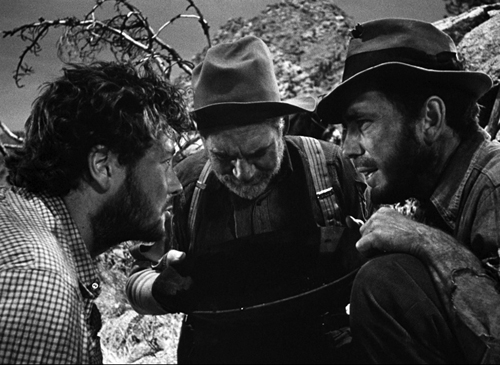THE RHAPSODES goes to the movies
Thursday | June 23, 2016 open printable version
open printable version
Counter-Attack (Zoltan Korda, 1945).
 My little book on 1940s film critics has been lucky. It’s gotten more reviews, and gotten them more quickly, than anything else I’ve written in recent years. The online ones are by David Hudson at Fandor, Michael Curtis Nelson at PopMatters, and Michael Phillips of the Chicago Tribune. Not yet online, or available only through subscription services, are reviews by Geoffrey O’Brien (Artforum), Nick Pinkerton (Sight & Sound), and Dana Polan (Film Quarterly; the first page is available for free). All are generous and encouraging. I take the reviewers’ support to reflect the continuing appeal of four extraordinary writers who opened up fresh ways to think and talk about American cinema.
My little book on 1940s film critics has been lucky. It’s gotten more reviews, and gotten them more quickly, than anything else I’ve written in recent years. The online ones are by David Hudson at Fandor, Michael Curtis Nelson at PopMatters, and Michael Phillips of the Chicago Tribune. Not yet online, or available only through subscription services, are reviews by Geoffrey O’Brien (Artforum), Nick Pinkerton (Sight & Sound), and Dana Polan (Film Quarterly; the first page is available for free). All are generous and encouraging. I take the reviewers’ support to reflect the continuing appeal of four extraordinary writers who opened up fresh ways to think and talk about American cinema.
Coming up are two film series based on the book. At Astoria’s Museum of the Moving Image, David Schwartz has arranged a program of four films to play this weekend. Each is paired with a critic: Citizen Kane for Otis Ferguson, The Treasure of the Sierra Madre for James Agee, the little-seen Counter-Attack for Manny Farber, and The Picture of Dorian Gray for Parker Tyler. I’ll introduce Kane on Saturday and will hang around to talk with visitors, and copies of the book will be on sale.
After Kristin and I get back to Wisconsin, our Cinematheque will be running a comparable series across four weeks. Our programmer Jim Healy has put Sierra Madre, Counter-Attack, and Dorian on that bill as well, while our Ferguson pick is The Little Foxes. On 7 July I’ll introduce the series with a presentation. The full schedule is here.
If you’re in Astoria or in Madison, I’d be happy to see you!
On this site, of course there’s lots about Kane, most recently here. On The Little Foxes, try here and here.
P. S. 23 June 2016: James Wolcott, another remarkable critic-essayist (his work resides on my four-foot shelf), has kindly Tweeted about The Rhapsodes.
The Treasure of the Sierra Madre (1948). “The Huston trademark consists of two unorthodox practices—the statically designed image (objects and figures locked into various pyramid designs) and the mobile handling of close three-figured shots” (Manny Farber).















